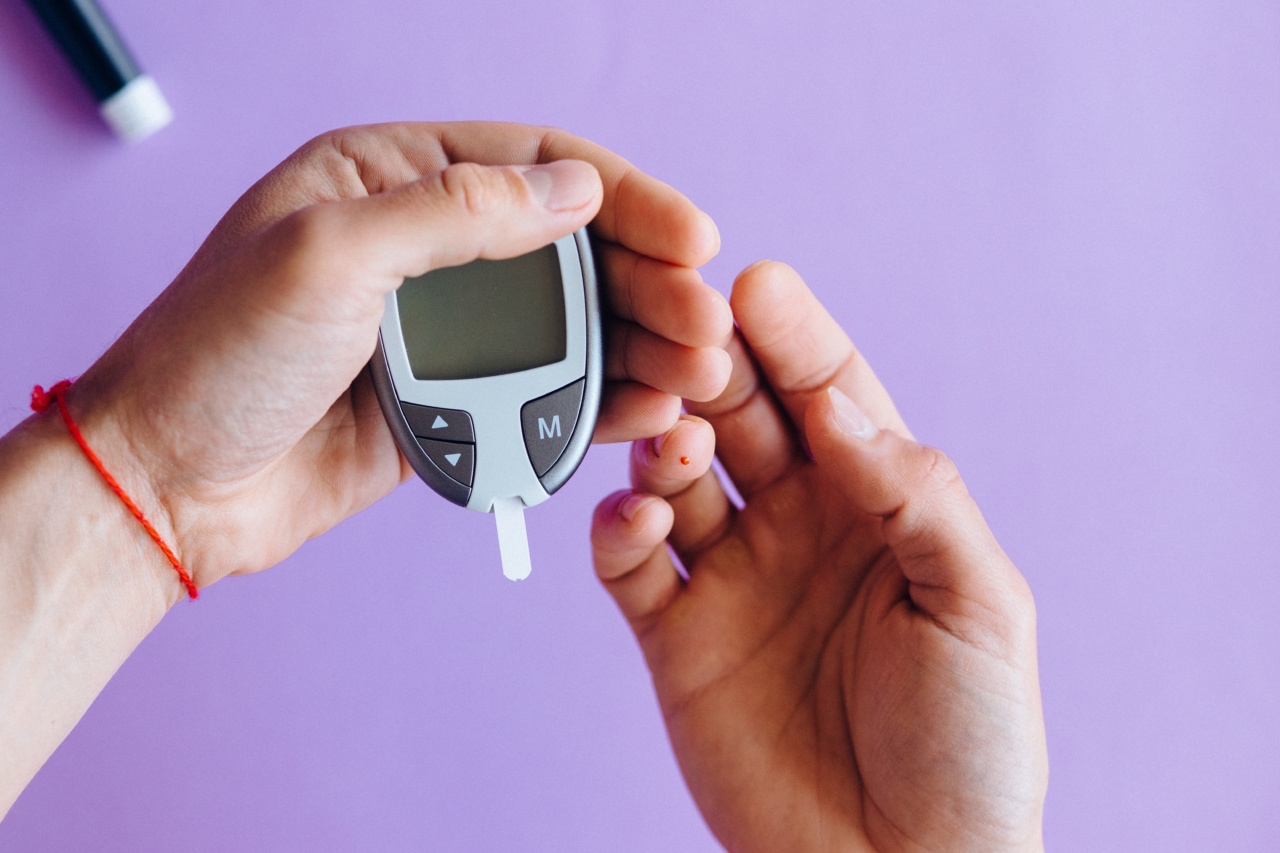Diabetes is a chronic condition that affects millions of people worldwide. It occurs when the body is unable to produce or use insulin effectively, resulting in high blood sugar levels.
While medication and a healthy diet play a significant role in managing diabetes, exercise can also help control the condition and prevent complications. In this article, we will discuss how effective movement can help control diabetes and improve overall health and well-being.
The benefits of exercise for diabetes management
Exercise can have numerous benefits for individuals with diabetes. Regular physical activity can help:.
- Lower blood sugar levels by increasing insulin sensitivity
- Improve cardiovascular health by reducing the risk of heart disease and stroke
- Help with weight loss and weight management by burning calories and increasing metabolism
- Boost energy levels and improve overall mood and mental health
- Lower blood pressure and cholesterol levels
Types of exercise for diabetes control
Before starting any exercise program, it’s important to consult with a healthcare professional to determine what type of physical activity is safe and appropriate given an individual’s medical history and current health status.
There are three main types of exercise that can benefit those with diabetes:.
Aerobic exercise
Aerobic exercise, also known as cardio, is any type of exercise that increases heart rate and breathing. Examples of aerobic exercise include brisk walking, running, cycling, swimming, and dancing.
Aerobic exercise can help lower blood sugar levels, improve insulin sensitivity, and support weight loss.
Resistance training
Resistance training, also known as strength or weight training, involves lifting weights or using resistance bands to build muscle mass and strength.
Resistance training can improve insulin sensitivity, lower blood sugar levels, and help with weight management by increasing metabolism.
Flexibility and balance training
Flexibility and balance training, such as yoga or tai chi, can be beneficial for individuals with diabetes as it can improve range of motion, flexibility, and balance. This type of exercise can also help with stress relief and improve mental health.
Tips for effective movement with diabetes
When starting an exercise program, it’s important to start slowly and gradually increase intensity and duration over time. Here are some tips for effective movement with diabetes:.
- Monitor blood sugar levels before, during, and after exercise to prevent hypoglycemia (low blood sugar)
- Hydrate before, during, and after exercise to avoid dehydration
- Wear appropriate footwear and clothing to prevent injury and discomfort
- Incorporate a variety of exercises to avoid boredom and keep the body challenged
- Set realistic goals and track progress to stay motivated
- Find an exercise partner or join a group class for support and accountability
- Be consistent and make exercise a part of daily routine
Conclusion
Effective movement through exercise can be a powerful tool for diabetes management and prevention of complications.
By incorporating aerobic exercise, resistance training, and flexibility and balance training, individuals with diabetes can improve blood sugar levels, cardiovascular health, weight management, mental health, and overall well-being. Consult with a healthcare professional before starting any exercise program and follow the tips for safe and effective movement with diabetes.



























